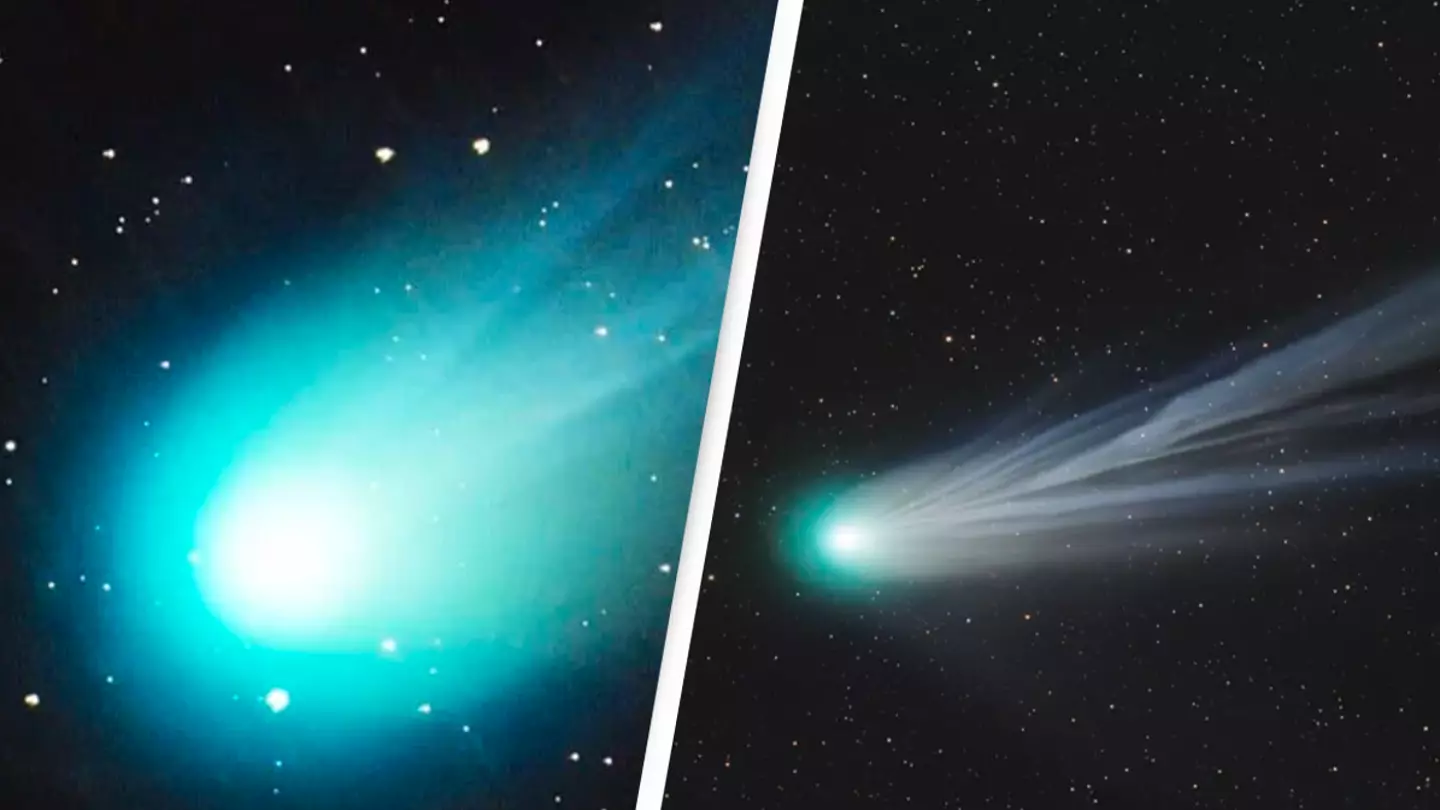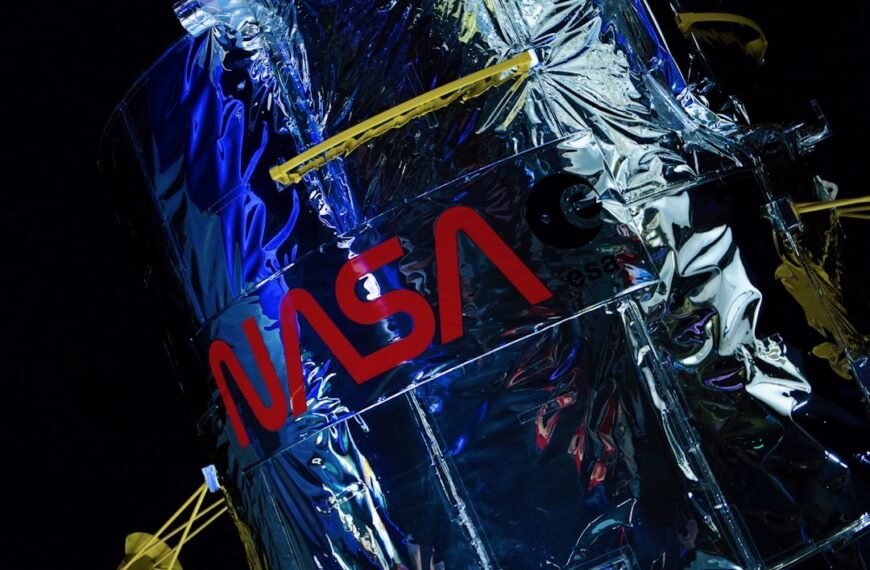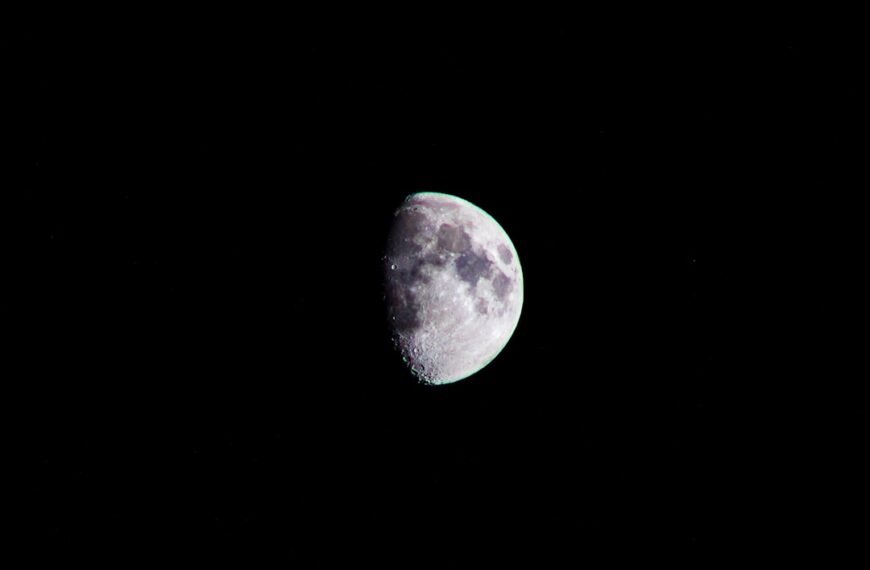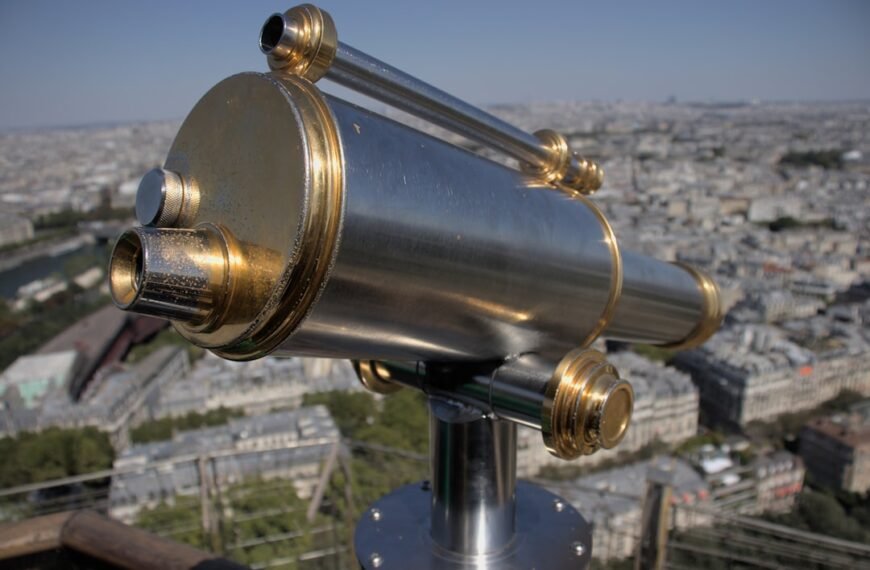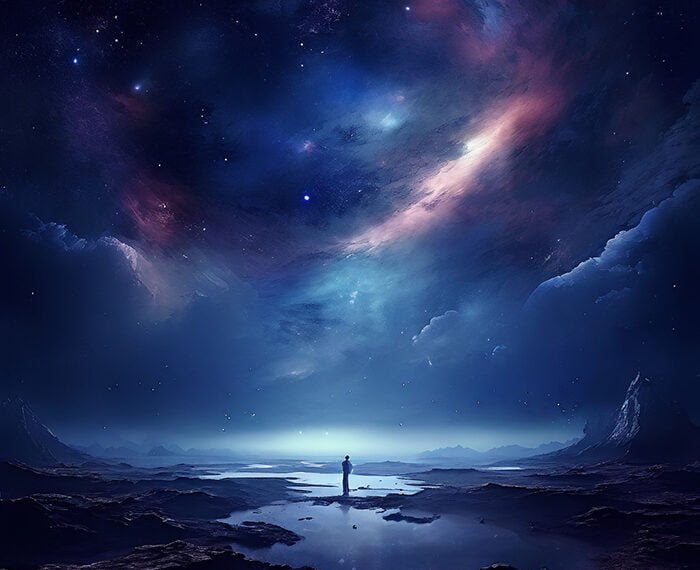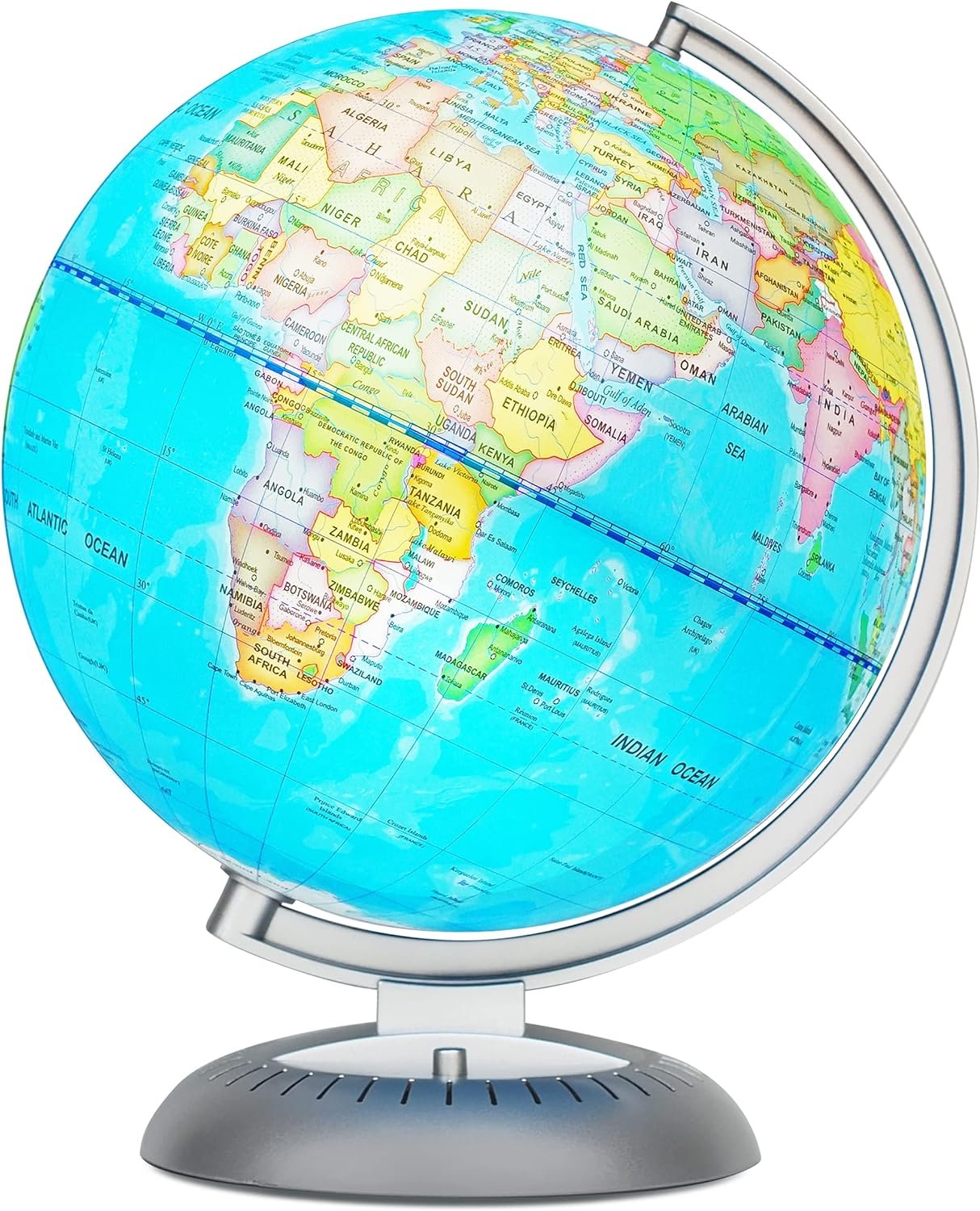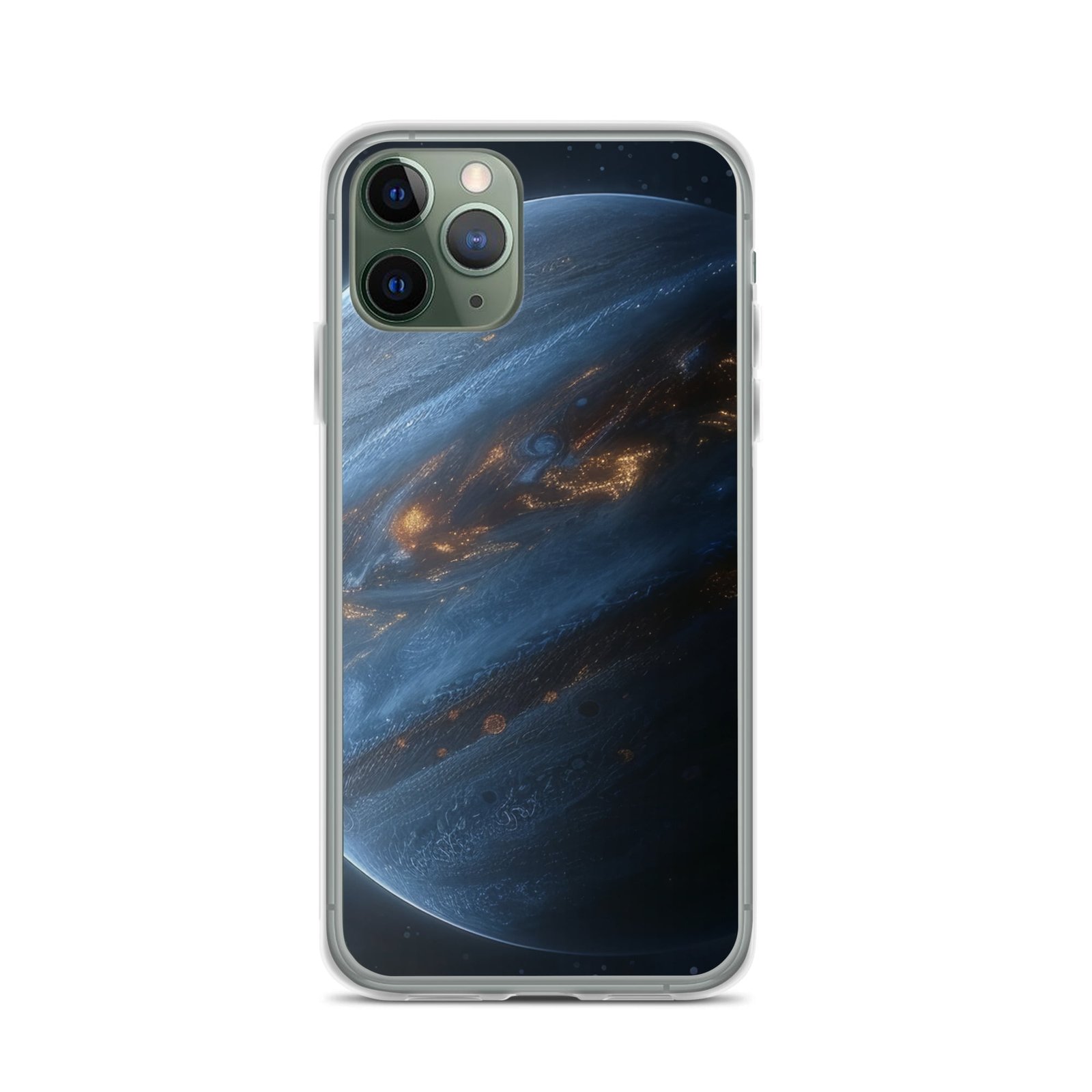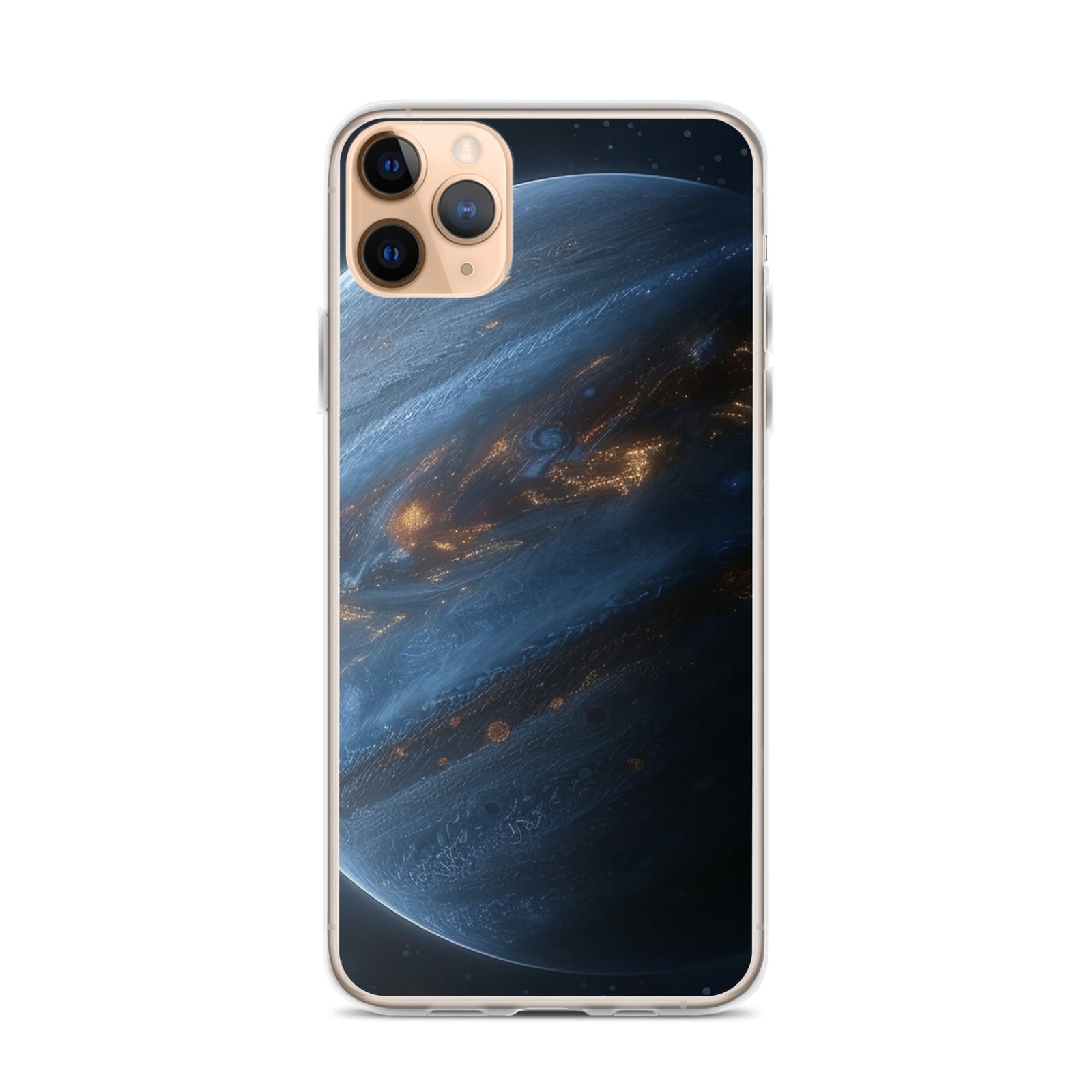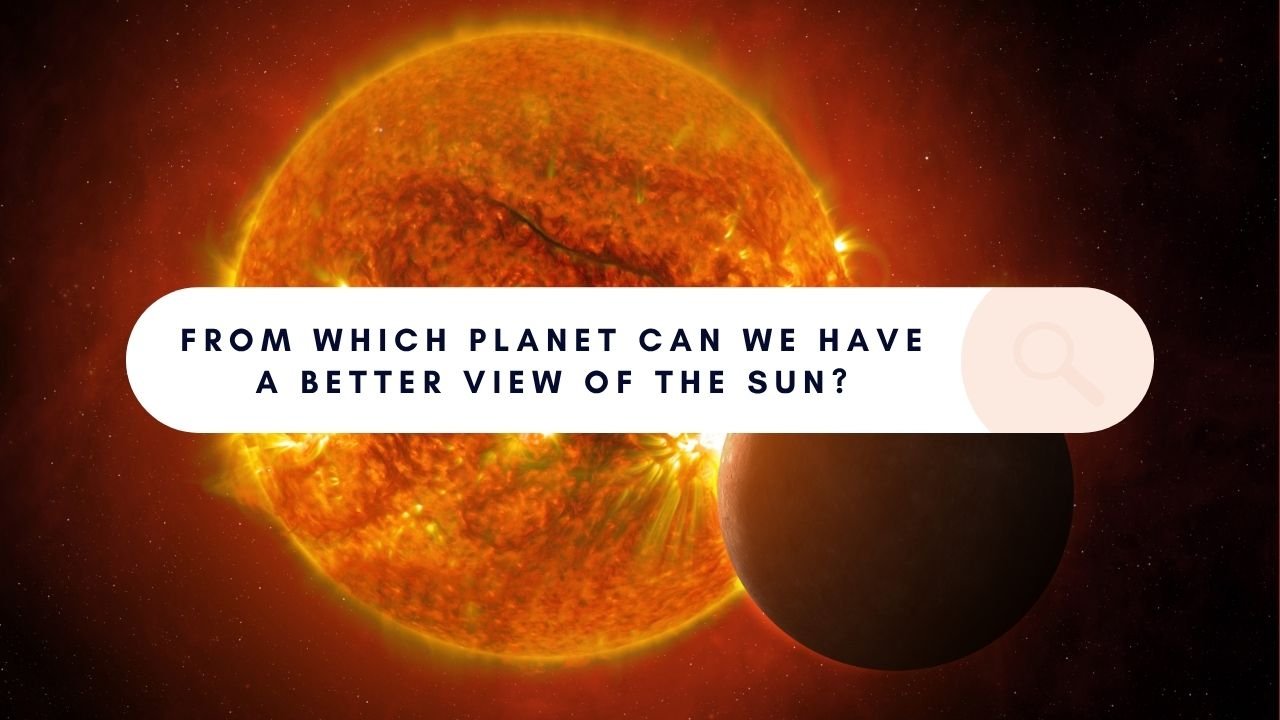Space, the final frontier. The vastness and complexity of the universe have captivated human beings for centuries. From the twinkling stars in the night sky to the awe-inspiring images captured by space telescopes, space exploration has allowed us to glimpse into the unknown and expand our understanding of the universe. In this article, we will delve into the mind-boggling vastness of space, explore the mysteries of black holes, discuss the challenges faced by astronauts in space, and highlight the importance of continued exploration and study of the universe.
Key Takeaways
- Space is incredibly vast and difficult to comprehend
- The sun is just one of many stars in our galaxy
- The universe is expanding at an accelerating rate
- Temperatures in space can vary greatly depending on location
- Astronauts experience unique physical changes while in space
The Vastness of Space is Mind-Boggling
The size of the observable universe is truly mind-boggling. It is estimated to be about 93 billion light-years in diameter. To put this into perspective, our own galaxy, the Milky Way, is just one of billions of galaxies in the universe. The Milky Way itself is about 100,000 light-years in diameter. A light-year is a unit of distance that represents how far light travels in one year, which is approximately 5.88 trillion miles (9.46 trillion kilometers). This means that light from the farthest reaches of the observable universe takes billions of years to reach us.
The Sun is Just One of Billions of Stars in the Milky Way Galaxy
The Milky Way galaxy is a spiral galaxy that contains billions of stars, including our own sun. It is estimated that there are between 100 billion and 400 billion stars in our galaxy alone. Some of these stars are similar to our sun, while others are much larger or smaller. The Milky Way also contains other celestial objects such as planets, asteroids, and comets.
One of the most intriguing questions in astronomy is whether there are other habitable planets in our galaxy. Scientists have discovered thousands of exoplanets (planets outside our solar system) orbiting other stars. Some of these exoplanets are located within the habitable zone, where conditions may be suitable for the existence of liquid water and potentially life as we know it. The search for extraterrestrial life continues to be a major focus of space exploration.
The Universe is Expanding at an Accelerating Rate
The Big Bang theory is the prevailing cosmological model that explains the origin and evolution of the universe. According to this theory, the universe began as a singularity, a point of infinite density and temperature, approximately 13.8 billion years ago. It then underwent a rapid expansion known as the Big Bang, which resulted in the formation of matter and energy.
Evidence for the expansion of the universe comes from observations of distant galaxies. Astronomers have observed that galaxies are moving away from each other, indicating that the universe is expanding. In fact, not only is the universe expanding, but it is also expanding at an accelerating rate. This discovery led to the concept of dark energy, a mysterious force that is driving the expansion of the universe.
Dark matter is another mysterious component of the universe. It does not emit, absorb, or reflect light, making it invisible to telescopes. However, its presence can be inferred from its gravitational effects on visible matter. Dark matter is thought to make up about 27% of the total mass-energy content of the universe, while ordinary matter (the stuff we are made of) accounts for only about 5%. The remaining 68% is believed to be dark energy.
The Temperature in Space Can Vary Greatly Depending on Location
Space is often described as a vacuum, devoid of air and matter. This vacuum has extremely low density and pressure compared to Earth’s atmosphere. As a result, space is also extremely cold. In fact, temperatures in space can vary greatly depending on location.
In areas where there are no stars or other sources of heat, such as deep space, temperatures can drop to near absolute zero, which is -273.15 degrees Celsius (-459.67 degrees Fahrenheit). On the other hand, in areas close to stars or other sources of heat, temperatures can be extremely high. For example, the surface of the sun has a temperature of about 5,500 degrees Celsius (9,932 degrees Fahrenheit).
The extreme temperatures in space pose significant challenges for space exploration. Astronauts must wear specially designed spacesuits that provide insulation and temperature regulation to protect them from the harsh conditions of space. Spacecraft and satellites also require advanced thermal control systems to prevent overheating or freezing.
Astronauts Experience Unique Physical Changes While in Space

The microgravity environment of space has profound effects on the human body. When astronauts are in space, they experience a loss of bone density and muscle mass due to the lack of gravity. Without the constant force of gravity acting on their bodies, their bones and muscles do not have to work as hard, leading to a decrease in strength and density.
Bone loss is a major concern for long-duration space missions, such as those to Mars. Studies have shown that astronauts can lose up to 1% of their bone mass per month while in space. This can lead to an increased risk of fractures and other bone-related issues.
Muscle loss is another challenge faced by astronauts in space. Without the resistance provided by gravity, muscles can weaken and atrophy. This can result in decreased muscle strength and endurance, making it difficult for astronauts to perform physical tasks both during their mission and upon their return to Earth.
Studying the effects of microgravity on the human body is crucial for long-term space travel and colonization of other planets. Scientists are working on developing countermeasures such as exercise programs and medications to mitigate the negative effects of microgravity on astronauts’ health.
The International Space Station Orbits the Earth Every 90 Minutes
The International Space Station (ISS) is a habitable space station that serves as a laboratory for scientific research and international cooperation. It is a joint project between NASA, Roscosmos (the Russian space agency), ESA (the European Space Agency), JAXA (the Japanese space agency), and CSA (the Canadian Space Agency).
The ISS orbits the Earth at an altitude of approximately 408 kilometers (253 miles) and travels at a speed of about 28,000 kilometers per hour (17,500 miles per hour). It completes one orbit around the Earth every 90 minutes, which means that astronauts on board the ISS experience 16 sunrises and sunsets every day.
The ISS provides a unique platform for conducting scientific research in microgravity. Astronauts on board the station perform experiments in various fields such as biology, physics, chemistry, and medicine. The results of these experiments help scientists better understand the effects of microgravity on the human body and advance our knowledge in a wide range of scientific disciplines.
The First Human to Walk on the Moon Was Neil Armstrong in 1969
On July 20, 1969, Neil Armstrong became the first human to set foot on the moon as part of the Apollo 11 mission. This historic event marked a major milestone in human history and represented the culmination of years of scientific research and technological advancements.
The Apollo 11 mission was launched by NASA with the goal of landing humans on the moon and returning them safely to Earth. The mission consisted of three astronauts: Neil Armstrong, Buzz Aldrin, and Michael Collins. Armstrong and Aldrin descended to the lunar surface in the Lunar Module while Collins remained in orbit around the moon in the Command Module.
The significance of the moon landing cannot be overstated. It demonstrated humanity’s ability to explore and conquer new frontiers. It also paved the way for future space exploration missions and inspired generations of scientists, engineers, and astronauts.
Lunar exploration, however, is not without its challenges. The moon has a harsh environment with extreme temperatures, no atmosphere, and a lack of water and resources. Future lunar missions will need to address these challenges in order to establish a sustainable presence on the moon.
Black Holes are Some of the Most Mysterious and Powerful Objects in the Universe
Black holes are some of the most fascinating and mysterious objects in the universe. They are regions of space where gravity is so strong that nothing, not even light, can escape their gravitational pull. As a result, they appear black and invisible to telescopes.
Black holes form when massive stars collapse under their own gravity at the end of their life cycle. The collapse creates a singularity, a point of infinite density and zero volume, surrounded by an event horizon, which is the boundary beyond which nothing can escape.
Black holes have several properties that make them unique. They have a mass, spin, and electric charge. The mass determines the strength of their gravitational pull, while the spin and electric charge affect their behavior and interactions with other matter.
Black holes also have profound effects on surrounding matter. As matter falls into a black hole, it forms an accretion disk, a swirling disk of hot gas and dust that emits intense radiation. The gravitational pull of a black hole can also cause nearby objects to be torn apart in a process known as tidal disruption.
Studying black holes is crucial for understanding the fundamental laws of physics and the nature of space and time. They provide valuable insights into the behavior of matter under extreme conditions and offer clues about the origins and evolution of galaxies.
The Hubble Space Telescope Has Captured Stunning Images of Deep Space
The Hubble Space Telescope is one of the most important scientific instruments ever created. It was launched into space by NASA in 1990 and has revolutionized our understanding of the universe. The telescope is named after the astronomer Edwin Hubble, who made groundbreaking discoveries about the expansion of the universe.
The Hubble Space Telescope has captured stunning images of deep space, revealing the beauty and complexity of the cosmos. It has provided detailed observations of distant galaxies, nebulae, and other celestial objects, allowing scientists to study their composition, structure, and evolution.
In addition to its visual observations, the Hubble Space Telescope has made significant contributions to astronomy through its measurements of the cosmic microwave background radiation, the afterglow of the Big Bang. These measurements have provided valuable insights into the early universe and its formation.
Space telescopes like Hubble are essential for studying the universe beyond what is visible from Earth. They are able to observe celestial objects without the distortion caused by Earth’s atmosphere and can detect wavelengths of light that are absorbed or blocked by the atmosphere.
Space Debris Poses a Growing Threat to Satellites and Spacecraft
Space debris, also known as space junk, refers to defunct human-made objects in space that no longer serve a useful purpose. This includes old satellites, spent rocket stages, and fragments from collisions or explosions. Space debris poses a growing threat to satellites and spacecraft in orbit around Earth.
There are currently more than 23,000 pieces of space debris larger than 10 centimeters (4 inches) in diameter orbiting Earth. These objects travel at speeds of up to 28,000 kilometers per hour (17,500 miles per hour), which is fast enough to cause significant damage upon impact.
The danger posed by space debris is twofold. First, it can collide with operational satellites and spacecraft, causing damage or destruction. This can disrupt communication networks, navigation systems, weather forecasting, and other vital services that rely on satellites.
Second, space debris can create a cascade effect known as the Kessler syndrome. When two objects collide, they create more debris, which in turn can collide with other objects, creating even more debris. This chain reaction can quickly fill up certain orbits with debris, making them unusable and posing a significant risk to future space missions.
Efforts are underway to mitigate the problem of space debris. These include measures such as designing satellites and spacecraft to be less prone to creating debris, removing defunct satellites from orbit, and developing technologies to track and avoid space debris.
Space exploration is a testament to human curiosity and ingenuity. The vastness and complexity of the universe continue to inspire scientists and explorers to push the boundaries of knowledge and understanding. From the mind-boggling size of the observable universe to the mysteries of black holes, space offers endless opportunities for discovery and exploration.
As we continue to explore and study the universe, it is important to recognize the significance of space exploration. It not only expands our understanding of the cosmos but also has practical applications that benefit humanity. Space technologies have led to advancements in communication, weather forecasting, navigation, and countless other fields.
In conclusion, space exploration is a journey of discovery that has the potential to transform our understanding of the universe and our place in it. It is a call to action for continued exploration and study of the unknown. By venturing into space, we gain valuable insights into the nature of our existence and pave the way for future generations to explore new frontiers.
If you’re fascinated by space and want to delve deeper into its mysteries, you won’t want to miss this mind-blowing article on parallel universes. Explore the concept of what it means to exist in a parallel universe and how it challenges our understanding of reality. Discover mind-bending theories and thought-provoking ideas that will leave you questioning the very fabric of our universe. Don’t miss out on this captivating read, available at The Universe Episodes.


